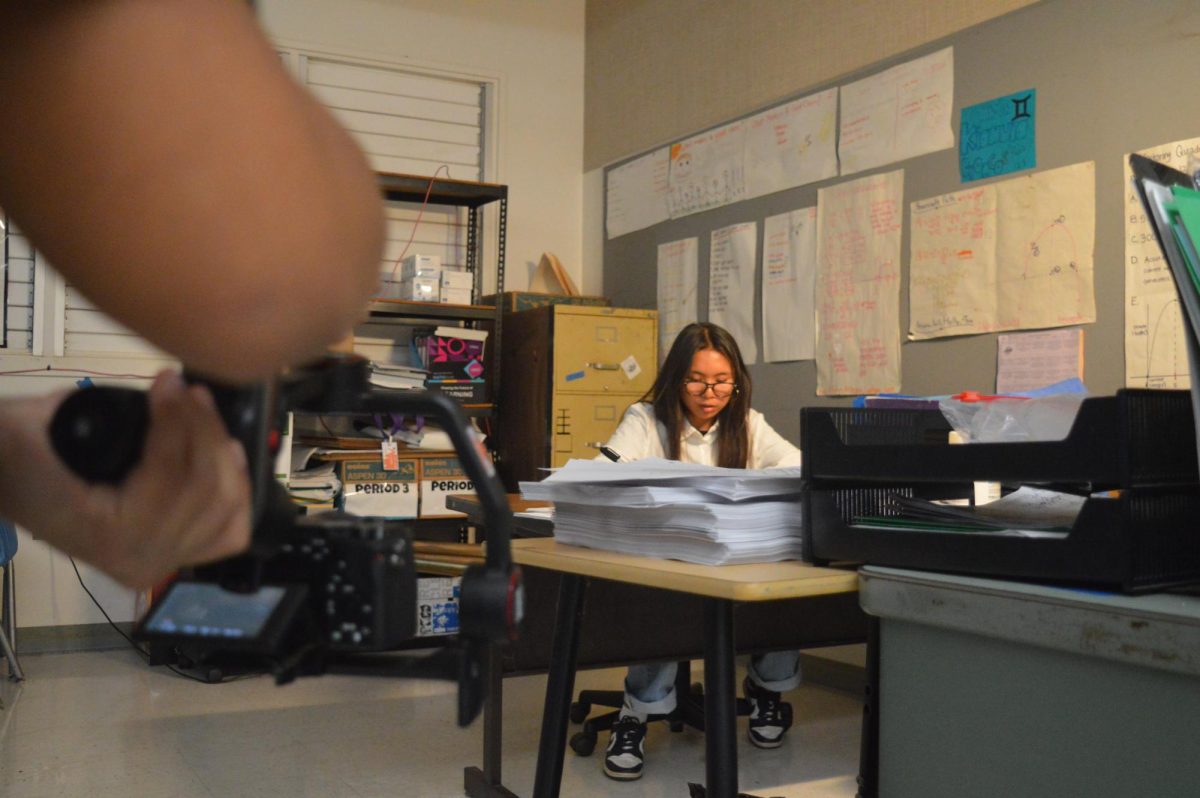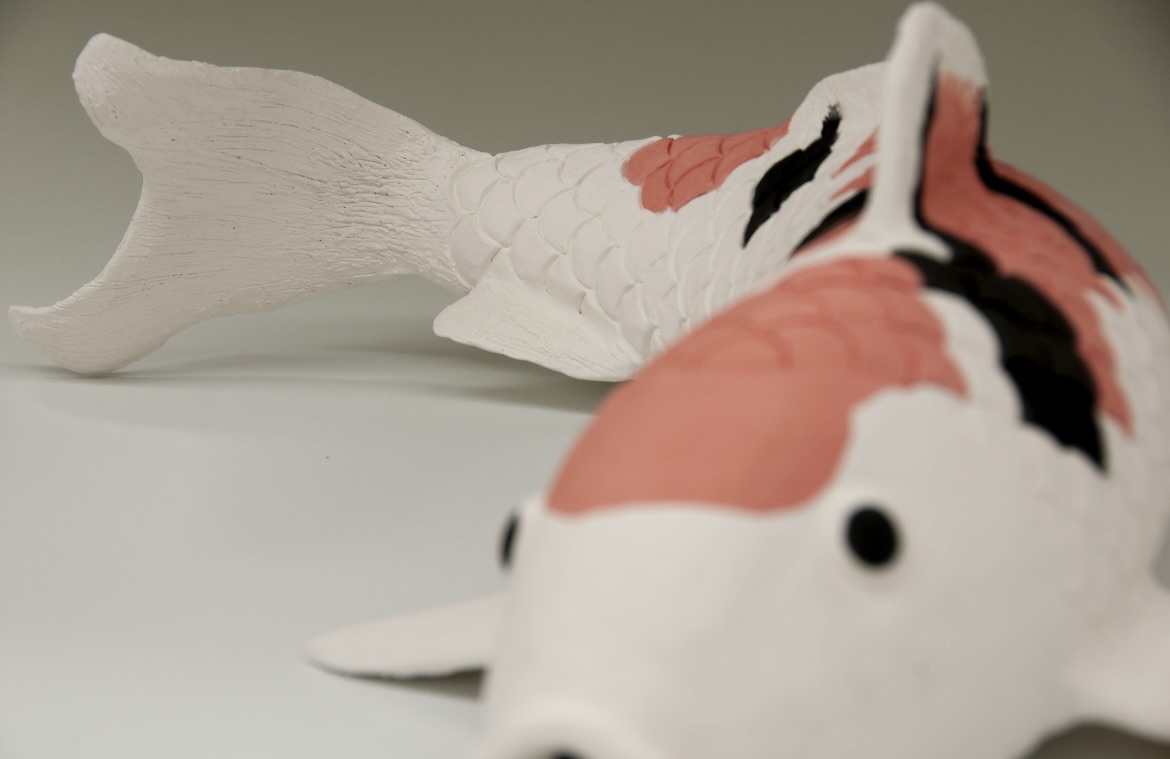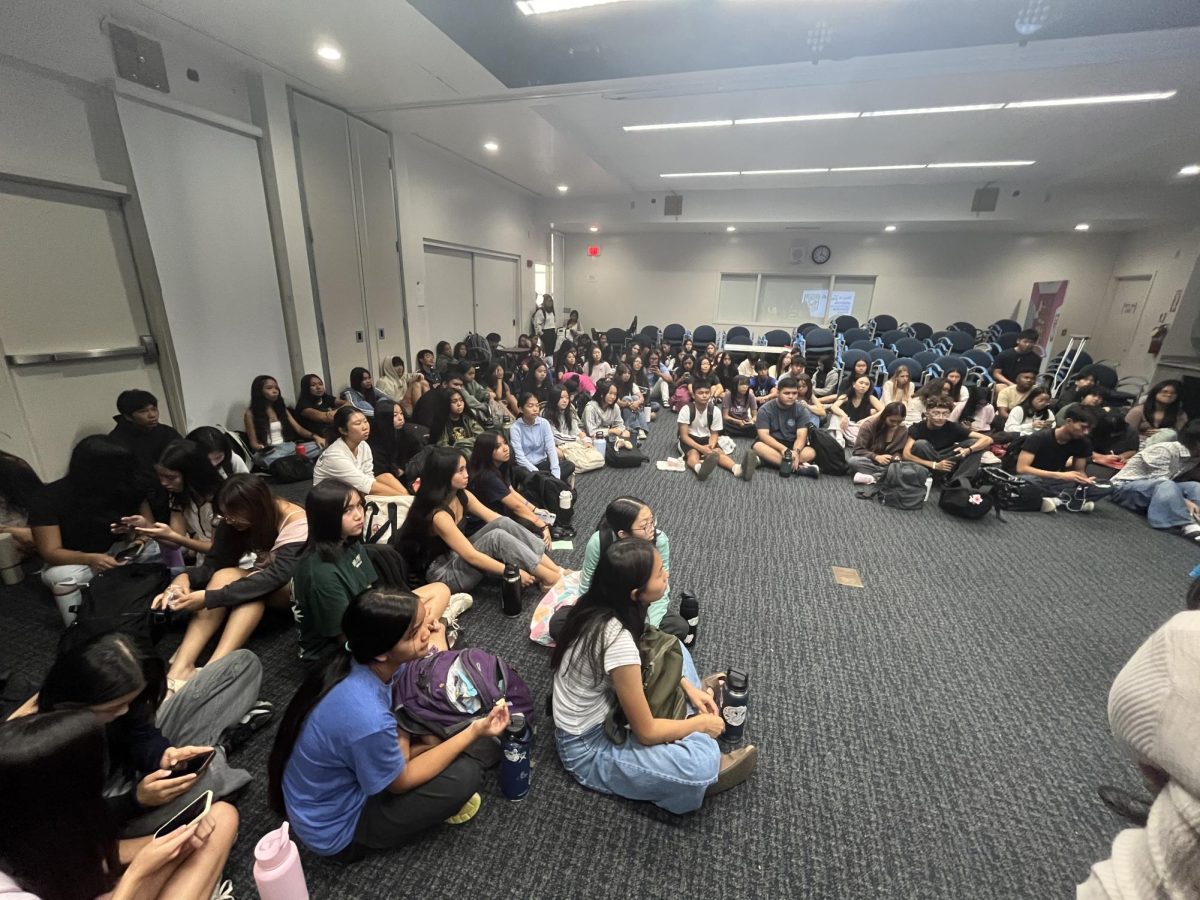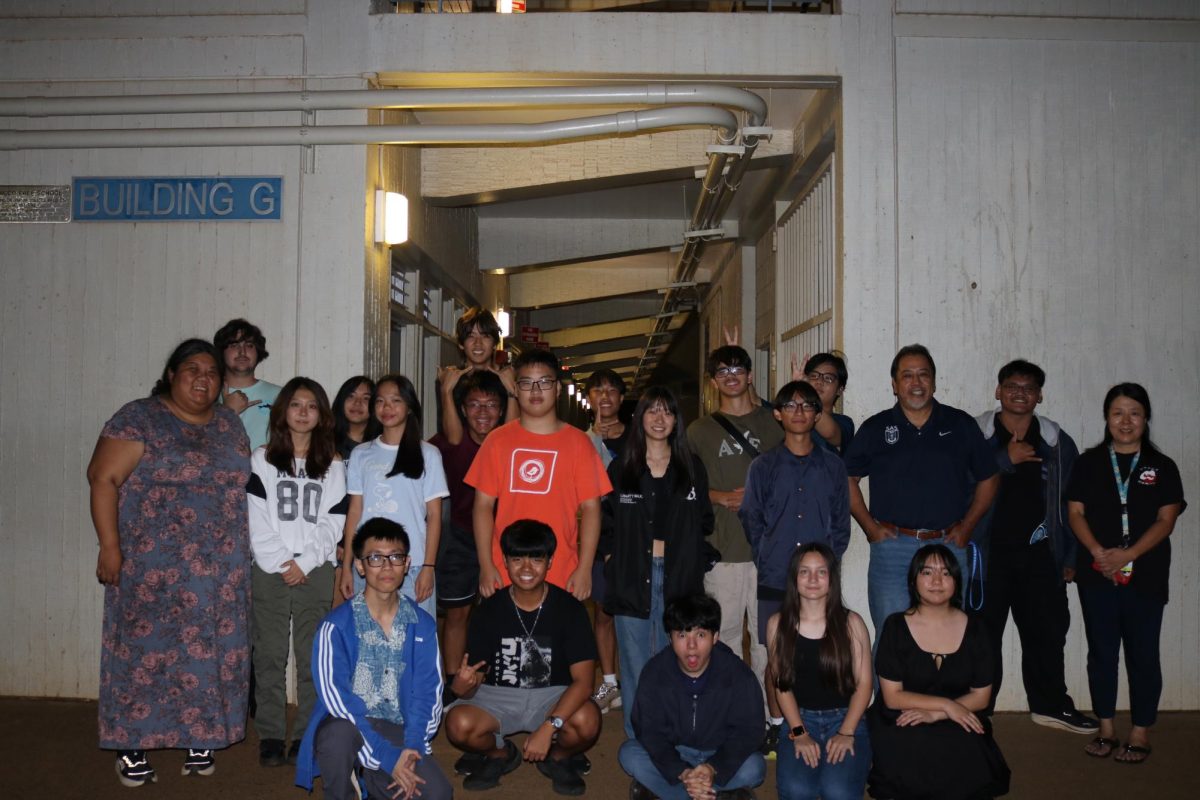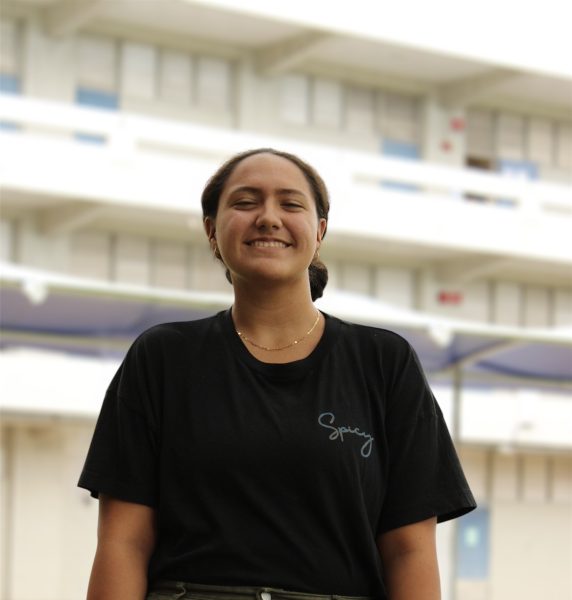Endometriosis is a painful condition that affects roughly 10% of women. It’s when tissue similar to the inner lining of the uterus, grows in places outside of the uterus. Although this tissue is most commonly found in the pelvic area, endometriosis has been found in nearly every organ in the human body, according to the National Institutes of Health. This tissue behaves identical to the inner lining of the uterus, thickening, breaking down, and bleeding with each menstrual cycle. However, that is where the similarities end. Mayo Clinic states that the endometriosis growths cannot exit the body, leading to irritation of the surrounding tissue, which scars. Additionally, adhesions may form in affected areas and make tissues and organs stick together, worsening health complications and pain.
Symptoms of endometriosis vary from person to person, but there are several common side effects of the condition. Excessive menstrual cramps, a heavy period flow, infertility, and stomach problems are among them. Additionally, according to Cleveland Clinic, the severity of one’s symptoms are not always linear with the advancement of their condition. For example, one may suffer from debilitating menstrual cramps and stomach problems, but have a small amount of endometriosis tissue.
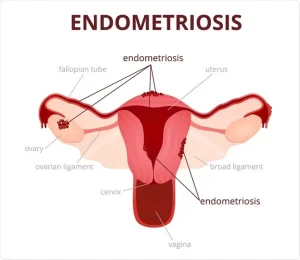
Moanalua High School freshman, Isla Heath, is one of the many women who struggle with endometriosis. Her journey began with abnormally painful and heavy menstrual cycles from the age of 12. As her struggles continued, she began to research possible causes of her symptoms. After 2.5 years of numerous hospital visits, doctors denying the severity of her pain, and unknowingly battling this destructive condition, Heath was presented with a possible explanation for her symptoms: endometriosis. Initially, Heath’s gynecologist, Dr. Allen A. Mehr suggested birth control as a method of treatment. This is often an option provided to women who struggle with symptoms related to their menstrual cycles as a way to temporarily fix their issues. However, because laparoscopic surgery is the only way to definitively diagnose endometriosis, Heath and her mother pushed for that option. As a result of their repeated advocacy for this surgery, her doctors eventually agreed that a laparoscopy would be the most beneficial way to address her symptoms. During the laparoscopy, a small camera and tools were inserted into Heath’s lower abdomen through five small incisions. Surgeons used this technology to search for endometriosis tissue in her pelvis, which they then located and removed.
After her endometriosis diagnosis, Heath was finally given an answer to her 2.5-year-long struggles. Heath’s diagnosis has impacted her daily life in numerous ways. “Every day, I wake up in pain. Whether it’s just body aches, or debilitating cramps shooting down my legs and up my back that leave me unable to function. Unfortunately, that’s the norm for most chronically ill individuals. It affects my grades: missing school often for appointments or just being in so much pain that I can’t bring myself to go. It affects my relationships: being unable to keep up with friendships and hangouts,” Heath says.
Additionally, endometriosis will affect Heath’s future plans. She had always dreamed of becoming a mother, but endometriosis can sometimes cause infertility. She struggles to comprehend the implications of her condition and coming to terms with the fact that she is chronically ill.
However, Heath does not let her diagnosis discourage her from continuing to spread positivity and awareness everywhere she goes. She stresses the importance of endometriosis education, as only 25% of doctors are confident in their knowledge of the condition. Many women with endometriosis remain undiagnosed due to its lack of research; even the cause of this illness is unknown.
“As her mother, I’m relieved to finally have an answer for her, but as a woman, I’m disappointed in the lack of research put into the disease and possible treatment options. We’re doing our best to figure out how to manage her pain and symptoms going forward, but without much evidence based research to go on, it’s like playing a guessing game while Isla’s still expected to show up in the world every day and put on a brave face,” Heath’s mother, Jaclyn Shepard, states. Heath has been an advocate for women’s healthcare since she was young and continues to spread awareness at Moanalua High School through her recently-founded club, Girl Up. Girl Up is a non-profit organization with chapters in schools across the globe. It aims to bring equity for women in underrepresented spaces, such as health care. As president of Girl Up at Moanalua High School, Heath educates her peers and sheds light on the struggles that endometriosis patients face.
Awareness does not necessarily need to begin with a huge speech or event; smaller actions can equally contribute to the fight to educate the population. Heath stresses the importance of this, saying, “At the place we are at now with awareness, anything helps. It could be anything from reposting a post on Instagram that talks about endometriosis to holding an educational event that informs undereducated individuals.”
Heath does not let her diagnosis define her; she pushes through her pain in an effort to uplift other women who may be silently struggling with endometriosis.
Heath’s experience is one of many women whose lives are impacted by the painful condition of endometriosis, yet continue to spread awareness of the condition and positivity. Although endometriosis is a painful condition, it shouldn’t be suffered through silently. Leading educational conversations, sharing and listening to other personal experiences, and helping educate others on the condition can help raise awareness of endometriosis. Spreading information regarding endometriosis can help other young women feel less isolated and begin the journey towards a brighter future for healthcare education.
With the Trump Administration proposing the 2026 budget cuts, one of the many changes we might see is reduced funding for the National Institutes of Health by 40%. Further, this could cause some of the ongoing medical research and treatment innovation to come to a halt (APHA, 2025). This would not only impact women across the nation, but the American people as a whole. Hence, learning and spreading information about the necessity for more medical research and studies will hopefully show others the benefits it has for both young men and women’s futures across the United States.


